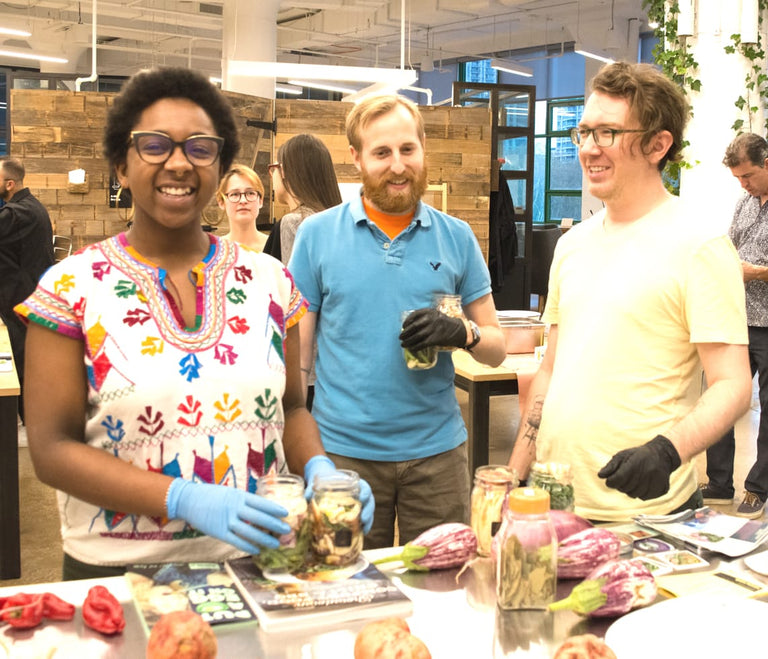The Secret to Cooking Dried Beans

For anyone who’s been following quarantine food trends, you know that the topic of beans has made it into headlines more than usual this year. The frenzy of panic-buying had people hoarding shelf-stable beans, and that period was followed just a few months later with a movement to #BoycottGoya when their CEO publicly praised Trump. Headlines aside, our love for beans is here to stay – especially if they’re grown responsibly by small, local farmers and purveyors like Wild Hive Farm.
Out on the field, they’re loved for their nitrogen-fixing abilities, where they turn nitrogen from the air into a form that is readily available for plants. They’re often cultivated in rotation with wheat, corn, and other crops to ensure a healthy soil ecosystem.
The process of cooking a simple pot of beans shouldn’t be complicated. If you’re still using canned beans, trust us when we say that cooking dried beans have far superior texture and flavor. The bean broth that’s left behind is not something that you drain – it’s a wholesome, aromatic soup that will leave you begging for more. And the best part about it is that you have complete control over the cooking process, from start to finish. Follow the steps below, and we promise that you won’t be going back.
1. Choose your beans wisely
There’s a world of beans beyond your standard pinto and black beans. Start looking, and you’ll find some special heirloom varieties like yellow eye, black soldier, and butter beans. You can subscribe to our Veggie Bundle to get a rotating selection of beans through our meat alternative option or try locally grown cannellini beans as an add-on to your next delivery.
2. Soak them overnight
Save yourself some time by allowing your beans to soak for several hours before cooking them the next day. If you forgot to soak, you can do a “quick soak” by covering your beans with boiling water and letting them soak for 30 minutes. Drain and cook them as you would below.
3. Cook them low n’ slow
Drain the beans from their soaking liquid and cover them with several inches of water in a pot. Bring them to a boil, then reduce to simmer. In this process, you’ll see some foam rise to the top – spoon this off. (Some people say it’s the trick to making beans less gassy.)
4. Add aromatics
After your beans have been cooking for 30 minutes, add your herbs, a quarter of an onion, salt to taste, and a dribble of oil. Don’t go crazy with the salt as the liquid will continue reducing. Add more water if needed.
5. Cool them down
Taste the beans after an hour to get a sense of how much longer you need to cook them. This is where you can decide if you want a bite to them, or if you’d like for them to be melt-in-your-mouth creamy. This of course depends on the variety of beans you’re cooking – some are creamier than others. When the beans are done cooking, shut off the heat and allow them to cool to room temperature in their cooking liquid. This prevents them from falling apart or becoming grainy.
6. Store them, season them, eat them!
We love finishing our beans with a dash of sherry vinegar and salt if needed. At this point, you can store them in the fridge to use throughout the week for spreads, chilis, salads, and soups. Cook a big batch and freeze them for later, or eat them right there on the spot.
Article by Local Roots team member Phoebe Tran.
Rather have a taste first?
Local Roots Experiences are fun, pop-up events where we bring the farm to you!

Become a Harvest Club Pick Up Location
Are you a NY based cafe, bar, or neighborhood business? Become a Harvest Club pick up location and have community members come to your establishment each week to pick up their Local Roots harvest.
Top






